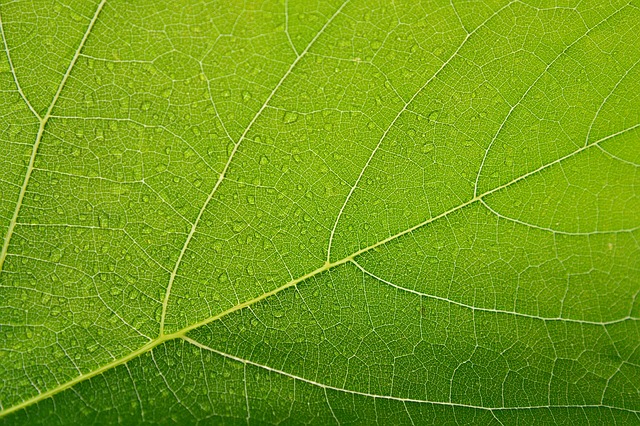According to plants, green is “in”. So, when you see that your tree, shrub or plant has some yellow leaves or maybe losing leaves (when they shouldn’t be), you might start to panic. Anyone would be concerned if their yard suddenly looks like fall has come early, with yellowing leaves that are dropping like crazy. There are a few reasons why you might be seeing these symptoms in your trees and plants. Take a gander at our list of the most common causes for yellow leaves.
Watering Issues
The most typical reason your plant’s leaves turned yellow is because of water, but it’s tricky to understand whether you are over-watering or under-watering the plant. If trees aren’t hydrated, the leaves can turn yellow as they try to conserve water. Test your tree’s moisture by using the screwdriver test. Stick a screwdriver into the soil. If it’s hard to push in, chances are the tree is thirsty and could use a deep watering.
Your reflex might be to water at the sight of suffering leaves, but overwatering can also lead to yellowing and leaf drop. If the screwdriver test proves there’s moisture deep into the roots, waterless. Over-watering not only saturates your tree but the soil around it which causes other imbalances that lead to yellowing.
Insects and Illnesses
Yellowing leaves and premature leaf drop may point to a leaf disease or summer pest infestation. Consider a tree risk assessment to identify the pest or disease and the best treatment. Aphids are common garden pests and may affect just about every tree species and region in the country. These insects tend to do the most damage to young, newly planted trees; handle these pests quickly. One of the earliest signs of an aphid problem is a yellowing and curling of leaves.
But Most Likely, They Are Hungry.
The most common cause for yellowing leaves on trees is a lack of micronutrients—the mineral elements essential for the growth of plants. Micronutrients include iron, manganese, zinc, copper, boron, silicon, and molybdenum. These are in contrast to macronutrients (nitrogen, phosphorus, potassium, calcium, magnesium, and sulfur), which are required in larger amounts and make up a larger portion of the plant tissue. This yellowing is typically a sign of a lack of these nutrients in the trees or plants. The best thing to do when your plant’s leaves get yellow spots or turn yellow, brown, or black is to get your soil tested to determine which nutrients your plant is missing.
If you suspect your landscape is suffering from any of these issues, or if you just can’t seem to keep them alive, we can help. When it comes to the health of your trees and the safety of your property, proper evaluation is key. Too often, issues that could be easily resolved with proper maintenance and care result in tree death or property destruction when ignored. A tree evaluation from the certified arborists at Good’s Tree and Lawn Care is the best way to assess risk before the damage is done.


